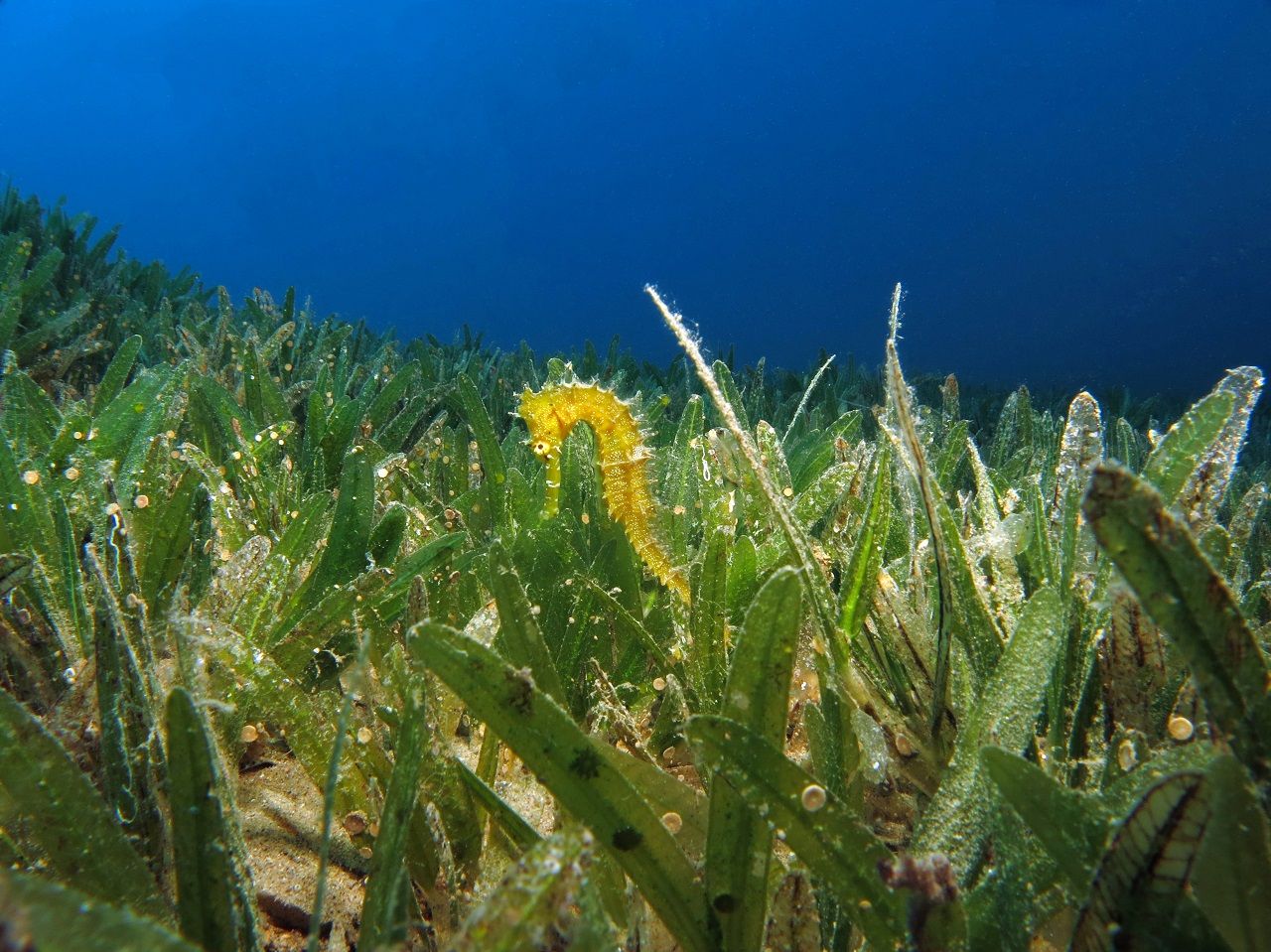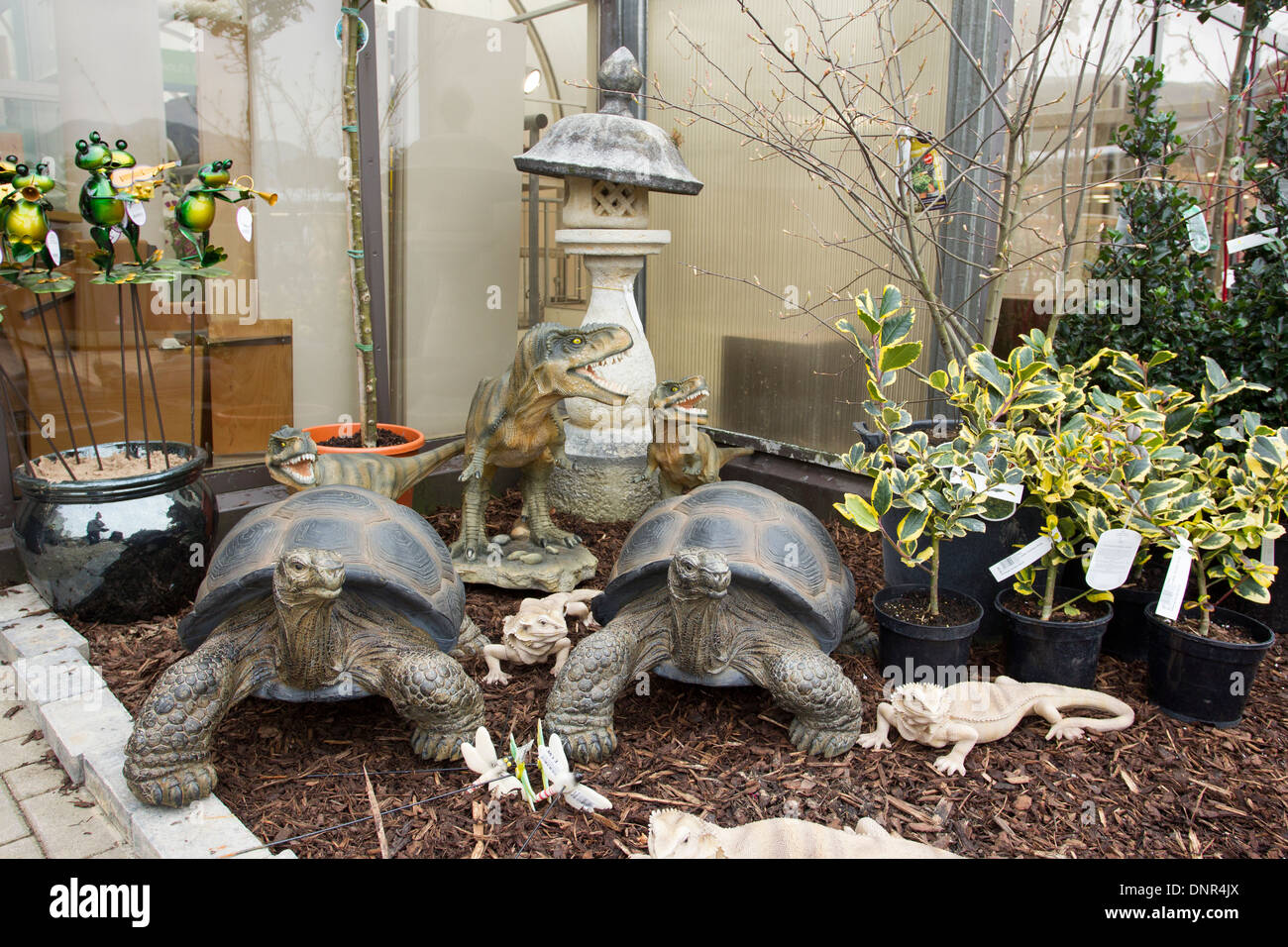Boosting Scotland's Marine Life: The Role Of Seagrass Planting Initiatives

Table of Contents
The Ecological Significance of Seagrass in Scotland's Waters
Seagrass plays a crucial role in the health of Scotland's coastal ecosystem. These underwater flowering plants are far more than just pretty plants; they are the foundation of a thriving marine environment. Their dense underwater meadows act as vital nursery habitats for numerous fish and invertebrate species, providing shelter and food sources. This biodiversity supports a complex food web, essential for a healthy marine environment.
Beyond supporting biodiversity, seagrass meadows are significant contributors to carbon sequestration, often referred to as "blue carbon." They absorb and store vast quantities of atmospheric carbon dioxide, helping to mitigate climate change. This "blue carbon" sequestration is significantly higher per unit area than terrestrial forests. Scotland's waters are home to several key seagrass species, each playing a unique role in the ecosystem. For example, Zostera marina (common eelgrass) is widespread, while other species may be found in more localized areas.
- Provides habitat for fish, invertebrates, and other marine life. Many commercially important fish species rely on seagrass meadows for breeding and feeding.
- Improves water quality by filtering pollutants. Seagrass acts as a natural filter, removing excess nutrients and sediments from the water column.
- Stabilizes sediments and protects coastlines from erosion. The root systems of seagrass bind sediment, preventing erosion and protecting shorelines.
- Sequesters significant amounts of carbon dioxide. Seagrass meadows are highly effective carbon sinks, contributing significantly to climate change mitigation.
Current Seagrass Planting Initiatives in Scotland
Several organizations and projects are actively engaged in seagrass restoration in Scotland. These initiatives employ various methods, including seed dispersal and transplantation of seagrass shoots. Seed dispersal involves broadcasting seagrass seeds onto suitable seabed areas, allowing them to establish naturally. Transplantation, on the other hand, involves carefully relocating established seagrass plants to new locations.
However, these projects face significant challenges. Securing sufficient funding is often a major hurdle. Identifying suitable locations with the correct environmental conditions is also crucial for success. Ongoing monitoring and assessment are necessary to evaluate the effectiveness of the planting efforts and to adapt strategies where needed. Community engagement is key to the success of these projects – ensuring local support and knowledge is invaluable.
- Examples of successful seagrass restoration projects: [Insert examples of successful projects and links to their websites].
- Innovative techniques employed in seagrass planting: [Detail innovative techniques used, e.g., drone-based seeding].
- Challenges in securing funding and permits: [Discuss the difficulties in obtaining necessary funding and permissions].
- Monitoring techniques used to assess project success: [Explain how the success of planting is measured, e.g., using underwater surveys].
The Benefits of Increased Seagrass Coverage for Scotland's Marine Life
Expanding seagrass meadows offers numerous benefits for Scotland's marine environment and economy. Increased seagrass coverage translates directly into enhanced fish stocks, boosting the fishing industry and providing sustainable food resources. Improved water quality benefits numerous species and supports a healthier ecosystem. Furthermore, the enhanced coastal protection offered by seagrass reduces the risk of erosion and protects valuable coastal infrastructure.
The economic benefits extend beyond fishing. A thriving marine environment attracts tourists, contributing to the local and national economy. Seagrass restoration directly supports Scotland’s environmental targets and sustainability goals, showcasing a commitment to preserving its natural heritage and promoting sustainable development.
- Improved fishing opportunities: Increased fish stocks lead to better fishing yields.
- Enhanced tourism potential: Healthy marine ecosystems attract tourists, generating income.
- Increased carbon sequestration leading to climate change mitigation: A larger area of seagrass absorbs more CO2.
- Strengthened coastal protection: Reduced erosion and damage from storms.
How You Can Help Support Seagrass Planting Initiatives in Scotland
You can play a crucial role in supporting seagrass planting initiatives in Scotland. Whether you're an individual or an organization, there are many ways to get involved. Volunteering with local environmental groups involved in seagrass restoration is a direct way to contribute. Donations to these organizations provide vital funding for their crucial work. Advocating for policies that promote marine conservation and sustainable development ensures the long-term protection of these valuable habitats. Citizen science initiatives offer opportunities to participate in monitoring seagrass meadows, providing valuable data for research and conservation efforts.
- Volunteer with local environmental groups: Many organizations welcome volunteers to assist with planting and monitoring efforts.
- Donate to organizations involved in seagrass restoration: Financial support enables these projects to continue their valuable work.
- Support policies promoting marine conservation: Advocate for policies that protect and restore seagrass meadows.
- Participate in citizen science initiatives to monitor seagrass health: Help collect data to assess the effectiveness of restoration efforts.
Protecting Scotland's Future: The Continuing Role of Seagrass Planting Initiatives
Seagrass planting is pivotal in restoring Scotland's marine environment. The ecological, economic, and societal benefits of a thriving seagrass ecosystem are undeniable. By actively supporting these initiatives, we can ensure the long-term health of Scotland's coastal waters and protect the biodiversity that depends on them. Learn more about seagrass conservation initiatives in Scotland, volunteer your time, or donate to support this critical work. Let's work together to protect Scotland's marine life and safeguard its future through Scotland seagrass restoration. Get involved today and help us protect this vital part of Scotland's natural heritage.

Featured Posts
-
 300 Worth Of Goods Stolen From Hayes Garden World Ambleside Couple In Court
May 05, 2025
300 Worth Of Goods Stolen From Hayes Garden World Ambleside Couple In Court
May 05, 2025 -
 How Google Trains Its Search Ai Even With Website Opt Outs
May 05, 2025
How Google Trains Its Search Ai Even With Website Opt Outs
May 05, 2025 -
 Voice Assistant Creation Revolutionized Open Ais 2024 Developer Event
May 05, 2025
Voice Assistant Creation Revolutionized Open Ais 2024 Developer Event
May 05, 2025 -
 Predicting The 2025 Kentucky Derby Pace Speed Strategy And Contenders
May 05, 2025
Predicting The 2025 Kentucky Derby Pace Speed Strategy And Contenders
May 05, 2025 -
 Carneys Press Conference Key Promises For Economic Reform
May 05, 2025
Carneys Press Conference Key Promises For Economic Reform
May 05, 2025
